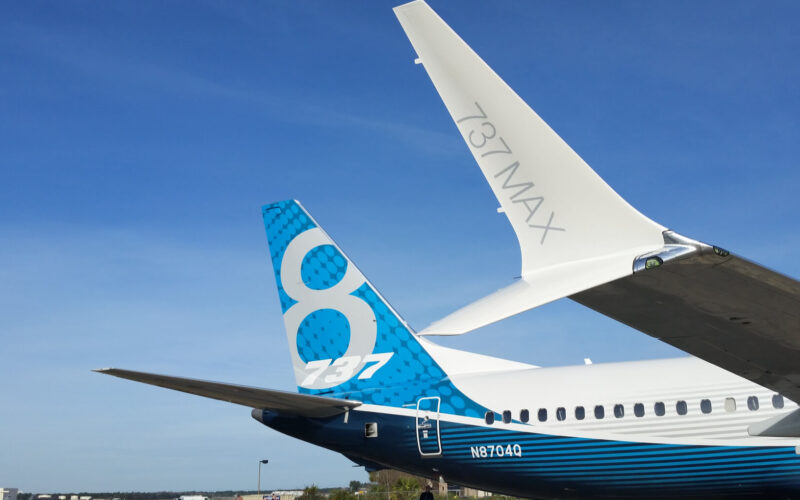There is no such aircraft in the history of the industry as polarizing as the Boeing 737 MAX. The narrow-body promised to change the game of the single-aisle segment, bringing unprecedented economic specifications against its main competition. But the two fatal crashes in Indonesia in Ethiopia turned the name of the aircraft upside-down, as passengers swayed away from it. Customers have too – as the backlog diminished in size without Boeing delivering any aircraft.
From lessors to such major customers as Norwegian, the Seattle-manufactured aircraft lost its favor amongst customers as Boeing still struggles to re-certify the jet. Although according to David Calhoun, the president and chief executive officer of Boeing, the company aims to start delivering the aircraft in Q4 2020, the jet would be out of service for more than a year and a half since its grounding in March 2019.
“Based on our latest assessment, we now expect the necessary regulatory approvals will be obtained in time to support the resumption of deliveries during the fourth quarter,” stated Calhoun during Boeing’s Q2 2020 earnings call.
On the other hand, the prolonged grounding turned into a blessing-in-disguise, as the coronacrisis forced airlines to downsize on a massive scale.
But how has the backlog for the narrow-body changed over the past year, as the plane sat parked throughout airports across the world?

